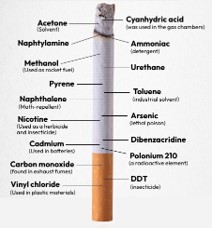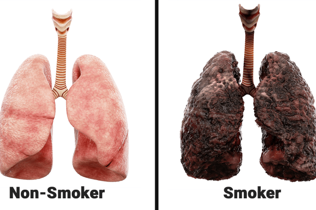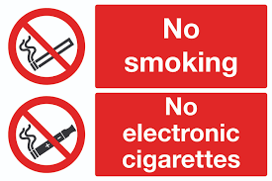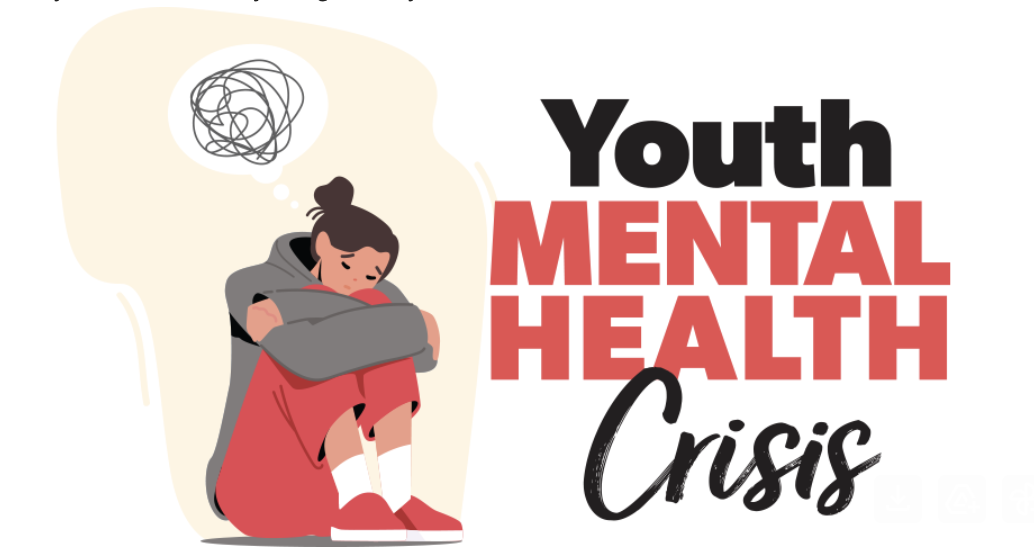Smoking, once glamorized as a symbol of sophistication and rebellion, now stands exposed for what it truly is: a silent killer lurking in plain sight. The dangers of smoking are profound and multifaceted, encompassing not only the individual smoker but also those subjected to secondhand smoke. As students navigating the complexities of adolescence, it is imperative that we understand the grave consequences of this habit and advocate for a smoke-free future.
Statistics Speak Louder than Words
Globally, the toll of smoking-related deaths is staggering. According to the World Health Organization (WHO), tobacco use kills more than 8 million people each year, with over 7 million deaths attributed to direct tobacco use and around 1.2 million to secondhand smoke exposure. The numbers paint a grim picture: if current trends persist, tobacco will kill more than 1 billion people in the 21st century.
In various countries, the statistics on smoking-related deaths are alarming. For instance, in the United States, smoking is responsible for more than 480,000 deaths annually, making it the leading cause of preventable death. Similarly, in the United Kingdom, smoking is attributed to approximately 78,000 deaths each year. These numbers underscore the urgent need for concerted action to combat the scourge of smoking.
The Composition of Cigarettes: A Deadly Cocktail
The composition of cigarettes is a veritable cocktail of toxic substances, each contributing to the myriad health risks associated with smoking. Among the most harmful compounds found in cigarettes are nicotine, tar, carbon monoxide, and a plethora of carcinogens. Nicotine, a highly addictive stimulant, hooks users and keeps them coming back for more, while tar coats the lungs with a sticky residue, impairing their ability to function. Carbon monoxide, a colorless and odorless gas, displaces oxygen in the blood, leading to oxygen deprivation throughout the body. Meanwhile, carcinogens such as benzene, formaldehyde, and polycyclic aromatic hydrocarbons (PAHs) wreak havoc on cellular DNA, paving the way for cancerous growths.

The Ravages of Smoking on Respiratory Health
Smoking inflicts severe damage on the lungs, both of the smoker and those unfortunate enough to inhale its toxic fumes. The inhalation of cigarette smoke triggers a cascade of harmful effects within the respiratory system, leading to chronic respiratory diseases such as chronic obstructive pulmonary disease (COPD), emphysema, and bronchitis. The noxious chemicals present in cigarette smoke inflame and narrow the airways, impairing lung function and diminishing the body’s ability to absorb oxygen. Over time, this chronic exposure to smoke results in irreversible lung damage, characterized by coughing, wheezing, shortness of breath, and ultimately, respiratory failure.
Furthermore, the detrimental impact of smoking extends beyond the confines of the respiratory system, encroaching upon overall physical fitness and well-being. Smokers often find themselves unable to engage in physical activity due to declining endurance and compromised health. Simple tasks such as climbing stairs or walking short distances become arduous feats, as smokers struggle to catch their breath and experience fatigue. This vicious cycle of declining physical fitness perpetuates the cycle of smoking-related health decline, reinforcing the urgent need for intervention and cessation efforts.

Types of Smoking and Preventative Measures
In today’s society, smoking takes various forms beyond traditional cigarettes. Electronic cigarettes (e-cigarettes) and vaping devices have gained popularity, particularly among youth, with the misconception that they are a safer alternative to smoking. However, mounting evidence suggests otherwise, with studies linking e-cigarette use to respiratory illnesses, cardiovascular problems, and addiction. Other forms of smoking, such as hookah and cigar smoking, also pose significant health risks.
To combat the epidemic of smoking, education and prevention are paramount. Schools play a crucial role in disseminating accurate information about the dangers of smoking and empowering students to make informed choices. Comprehensive tobacco control policies, including tobacco taxation, smoke-free legislation, and access restrictions, are essential in curbing smoking rates and protecting public health. Additionally, smoking cessation programs and support services are vital in helping individuals quit smoking and break free from addiction.
The dangers of smoking are undeniable, and the stakes have never been higher. As students, it is incumbent upon us to raise awareness about the perils of smoking, advocate for evidence-based tobacco control policies, and support efforts to create smoke-free environments. By working together, we can combat the smoking epidemic and safeguard the health and well-being of future generations.

Sources and Recommended Reading:
- https://www.who.int/news-room/fact-sheets/detail/tobacco
- https://ourworldindata.org/smoking
- https://cancer.ie/cancer-information-and-support/cancer-prevention/smoking/whats-in-a-cigarette
- https://www.betterhealth.vic.gov.au/health/conditionsandtreatments/passive-smoking
- https://pubmed.ncbi.nlm.nih.gov/23631228/
- https://www.ncbi.nlm.nih.gov/pmc/articles/PMC9833272/















